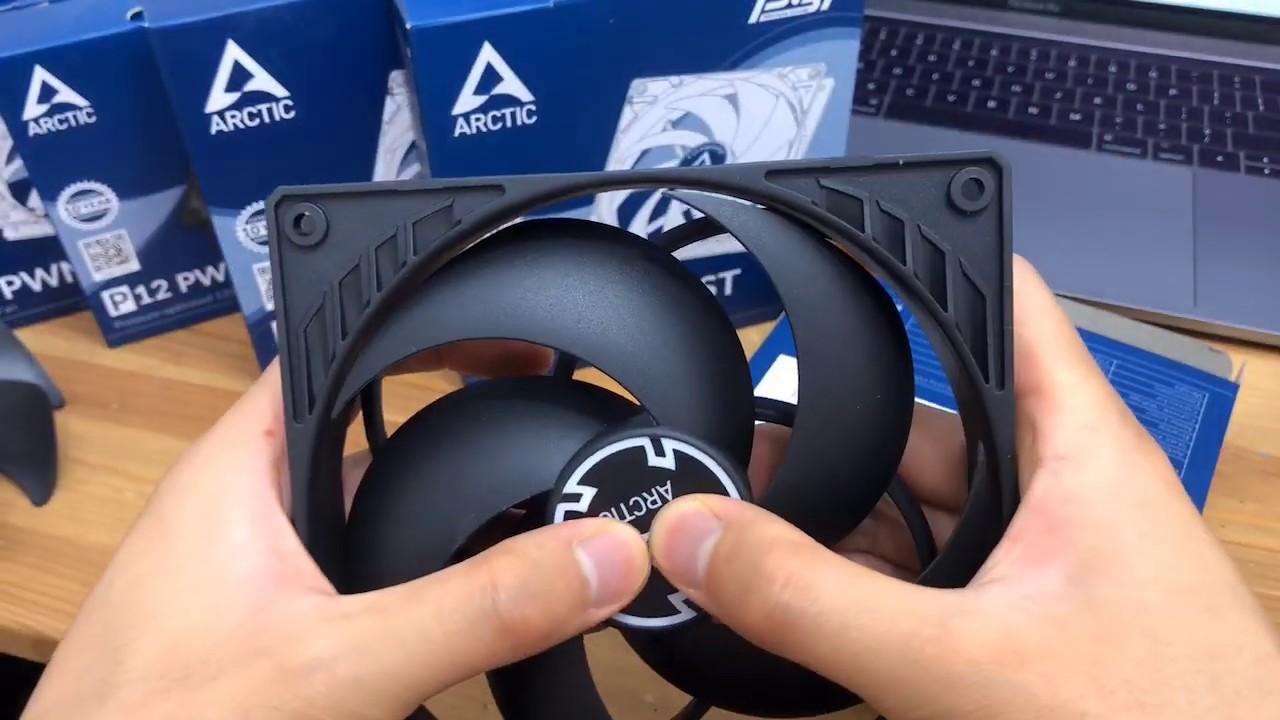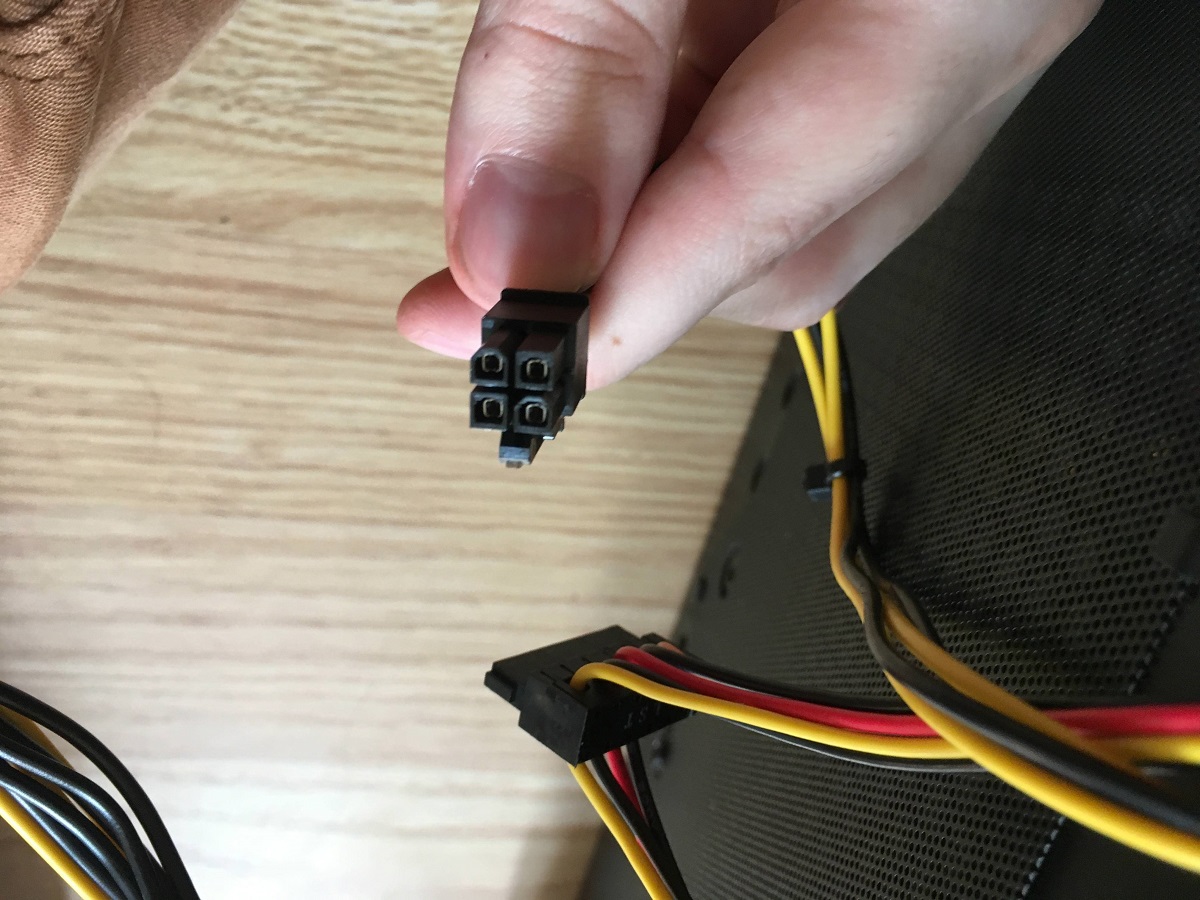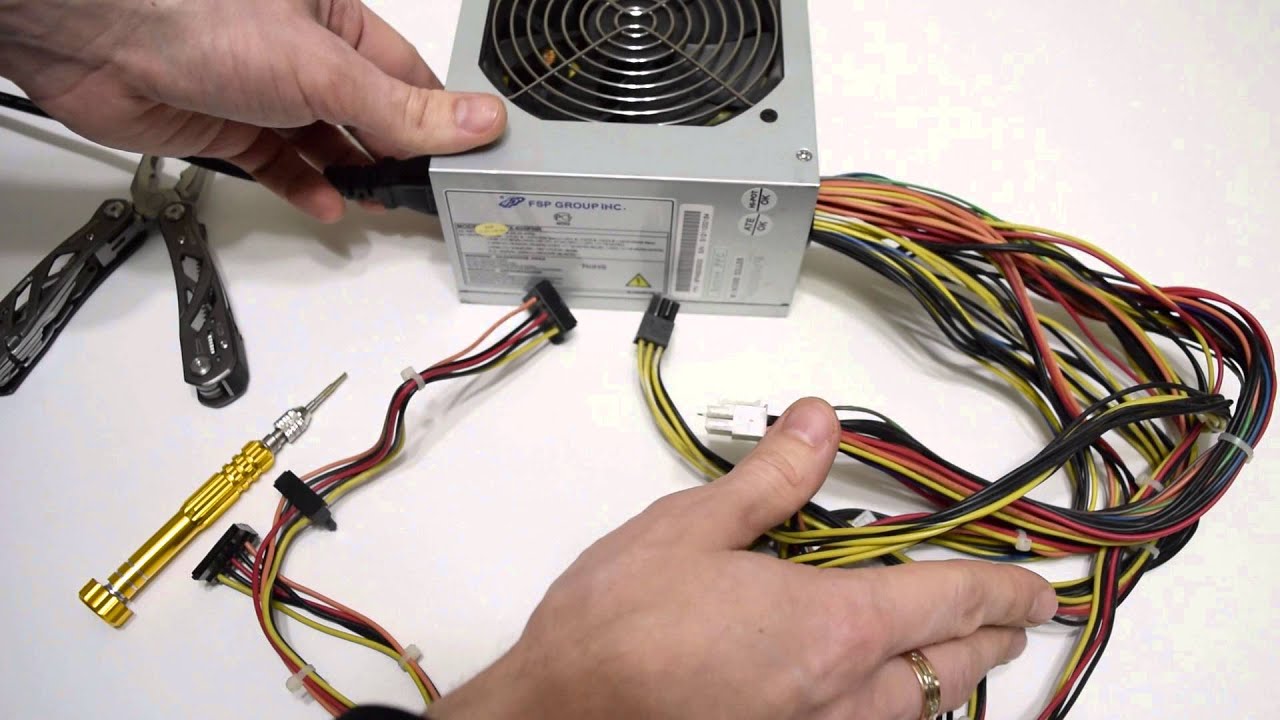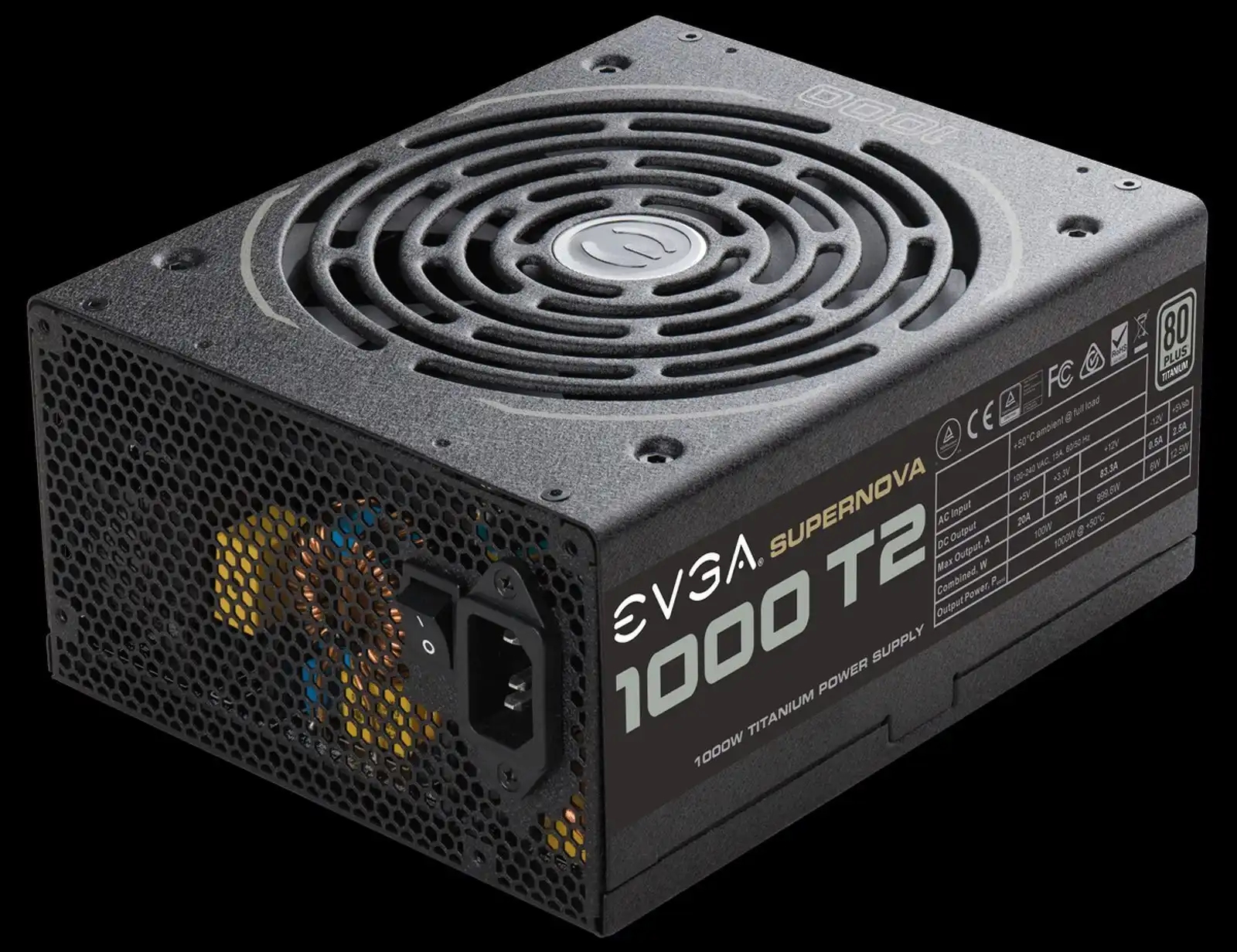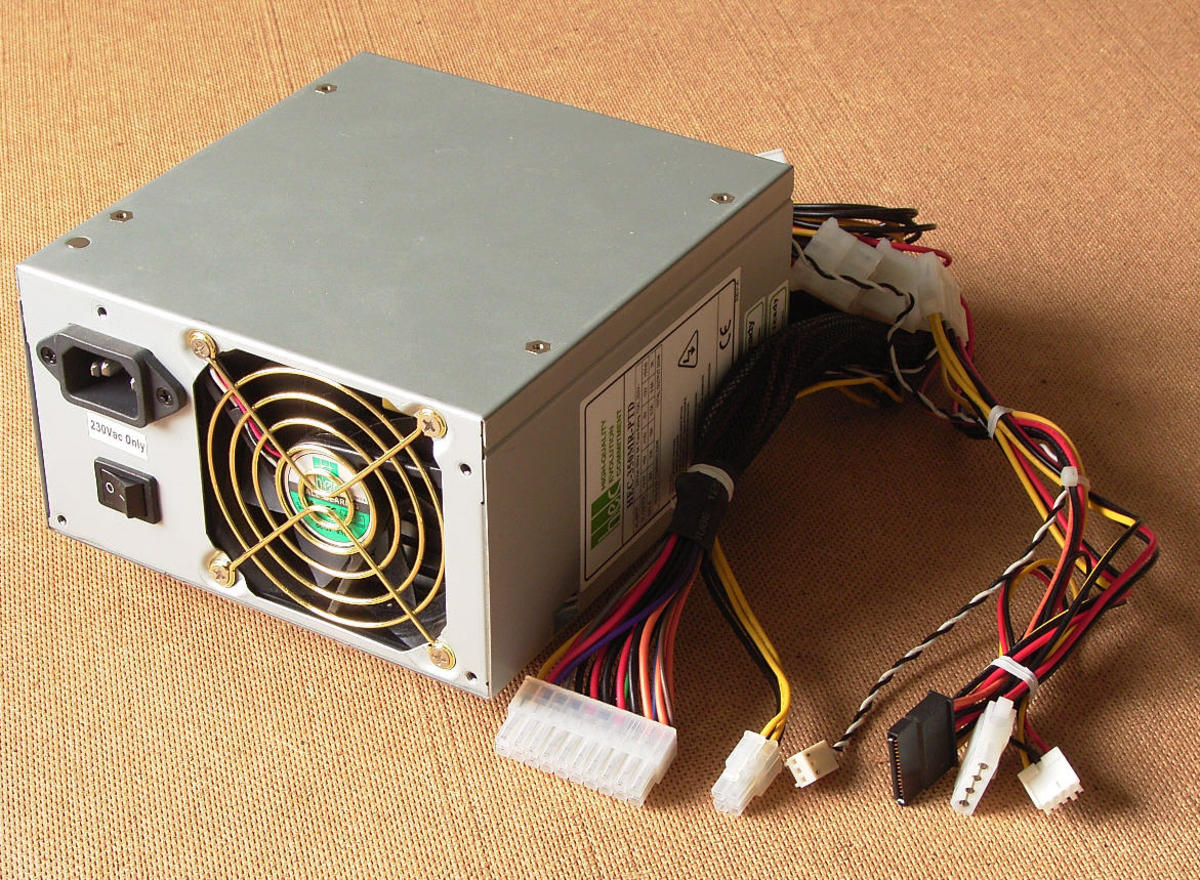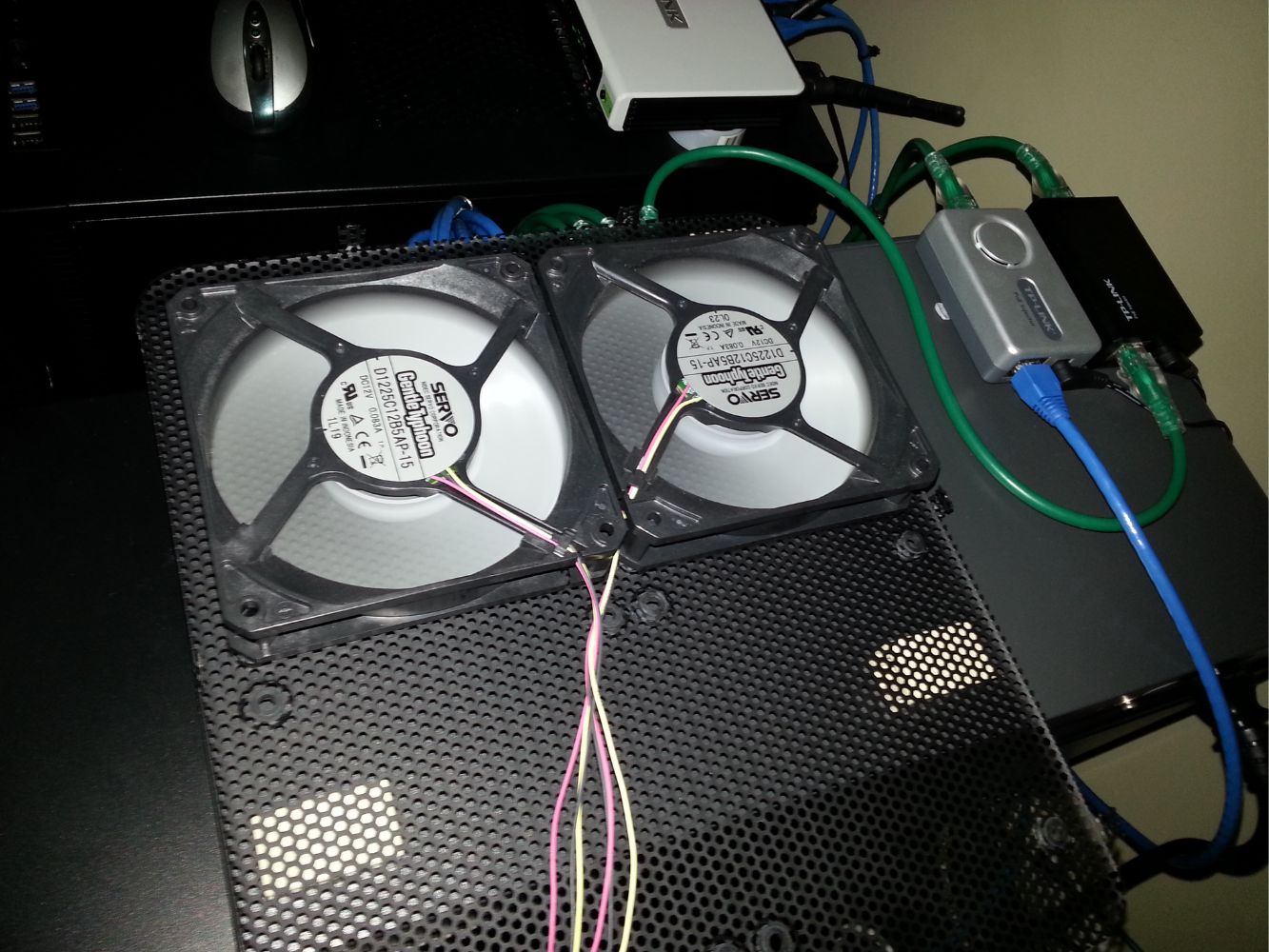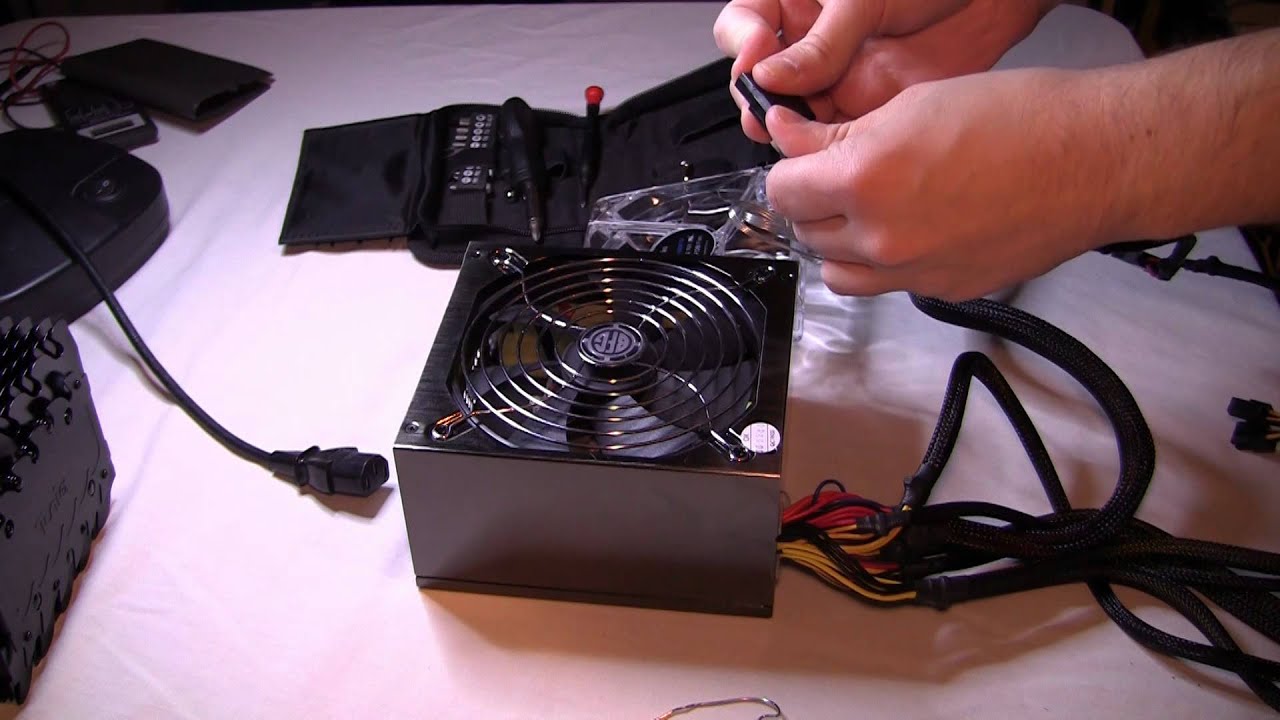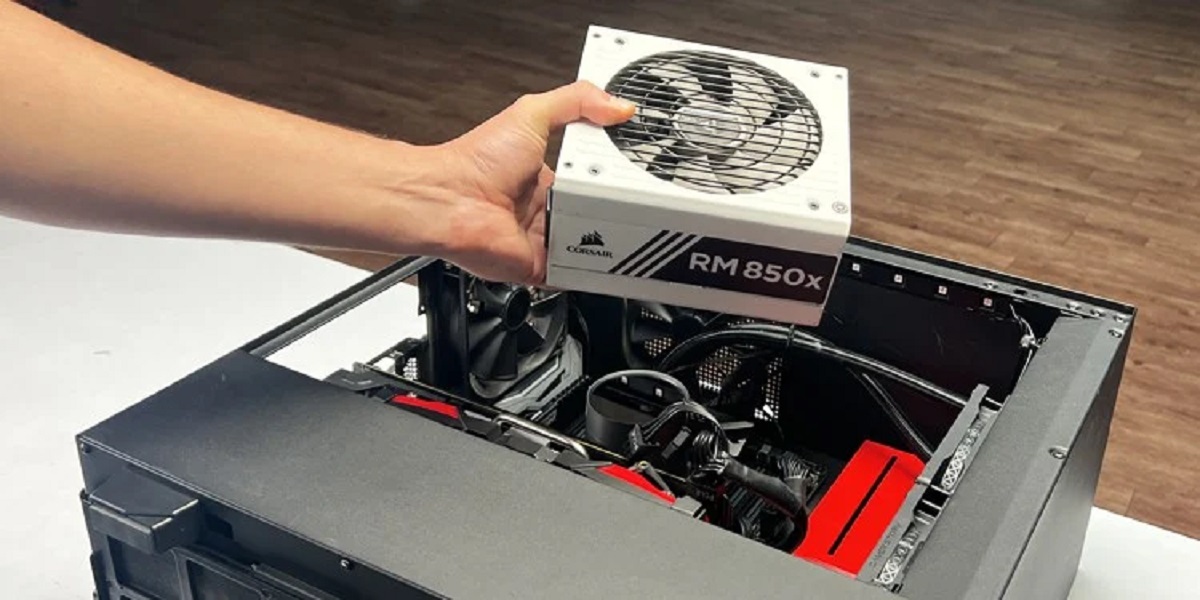Introduction
Welcome to our guide on how to determine the wattage of a computer case fan. As technology continues to evolve at a rapid pace, it is important to stay up to date with the latest trends and advancements in the field of computer hardware. One crucial component that often goes overlooked is the computer case fan.
A computer case fan plays a vital role in maintaining the optimal temperature inside your computer. It helps to dissipate heat generated by various components, such as the processor, graphics card, and power supply. A well-functioning case fan ensures that these components operate within safe temperature ranges, preventing overheating and potential damage.
However, not all computer case fans are created equal. Different models and brands come with varying wattage ratings, which directly impact their performance. Understanding the wattage of your computer case fan is essential for several reasons. Firstly, it helps you determine the power consumption and compatibility of the fan with your computer’s power supply unit. Secondly, it allows you to choose a fan that meets the cooling requirements of your system, ensuring efficient heat dissipation.
With that in mind, this comprehensive guide will walk you through the step-by-step process of determining the wattage of a computer case fan. We will also delve into important factors to consider when choosing the right wattage for your specific needs, as well as tips for maximizing the efficiency of your computer case fan.
Whether you’re a tech enthusiast building your own computer or simply looking to upgrade your computer case fan, understanding wattage is crucial to make an informed decision. So, without further ado, let’s dive into the world of computer case fan wattage and unleash the hidden potential of your cooling system.
What is wattage?
Before we delve into determining the wattage of a computer case fan, let’s first understand what wattage actually means. In simple terms, wattage is a measurement of the amount of power consumed or produced by an electrical device. It is named after James Watt, a Scottish engineer and inventor who played a pivotal role in the development of the steam engine.
Wattage is a unit of power and is denoted by the symbol “W”. It represents the rate at which energy is transferred or converted. In the context of computer case fans, wattage indicates the power consumption of the fan. It tells us how much electrical power the fan requires to operate effectively.
The wattage of a computer case fan is influenced by various factors, including the size and design of the fan, the rotation speed, and the number of blades. Typically, higher wattage fans tend to have larger dimensions and operate at faster speeds to generate more airflow and achieve better cooling performance.
It is important to note that wattage is not the sole determinant of a fan’s performance. While higher wattage fans may offer better cooling capabilities, other factors such as fan size, bearing type, and airflow rate also play significant roles in achieving efficient cooling within your computer case.
Now that we have a basic understanding of what wattage means let’s move on to the next section and explore why wattage is important when it comes to computer case fans.
Why is wattage important for a computer case fan?
Understanding the wattage of a computer case fan is crucial for several reasons. Let’s explore why wattage is an important factor to consider when choosing a fan for your computer case.
1. Power consumption: Wattage directly correlates with the power consumption of a computer case fan. The higher the wattage, the more power the fan will require to operate. It is essential to consider the maximum power output of your computer’s power supply unit (PSU) and ensure that it can handle the combined power requirements of all the components, including the case fan. Using a fan with a wattage that exceeds the PSU’s capacity can lead to instability and can potentially damage your system.
2. Cooling performance: Wattage is closely linked to the cooling performance of a computer case fan. Higher wattage fans often have larger dimensions, more blades, and operate at faster speeds. These factors contribute to increased airflow and improved heat dissipation, resulting in better cooling performance for your computer. By choosing a fan with the appropriate wattage, you can ensure that your components remain within safe temperature ranges, preventing overheating and potential damage.
3. Compatibility: Wattage compatibility is essential when it comes to selecting a computer case fan. Many fans in the market come with different wattage options, allowing you to choose the one that suits your needs. It is important to check the wattage requirements of your motherboard or fan controller to ensure compatibility. Using a fan with a significantly lower wattage than what your system requires may result in insufficient cooling, while using a fan with a much higher wattage may strain your power supply unit.
4. Noise levels: Higher wattage fans tend to generate more power and, consequently, more noise. If noise levels are a concern for you, it is important to consider the wattage of the fan you choose. Lower wattage fans are generally quieter, as they do not need to operate at high speeds to achieve effective cooling. However, it is important to strike a balance between noise levels and cooling performance to ensure optimal system operation.
By understanding the significance of wattage for computer case fans, you can make an informed decision when selecting the right fan for your system. In the next section, we will provide a step-by-step guide on how to determine the wattage of a computer case fan.
Step-by-step guide to determining the wattage of a computer case fan
Now that we understand the importance of wattage for a computer case fan, let’s delve into the step-by-step process of determining the wattage of a fan for your specific needs:
1. Identify the fan model: Start by identifying the model of your computer case fan. This information can usually be found on the fan itself or in the product documentation.
2. Check the fan specifications: Look for the fan’s specifications, either on the fan itself or on the manufacturer’s website. Pay close attention to the wattage rating, which is often listed alongside other specifications like airflow rate, fan speed, and noise level.
3. Assess the power supply unit: Evaluate the wattage capabilities of your computer’s power supply unit (PSU). This information can typically be found on the PSU’s label or in the documentation that came with your computer. Ensure that the PSU can handle the wattage of the fan you have identified.
4. Consider the cooling requirements: Evaluate the cooling requirements of your system. Depending on the components you have installed, such as a high-performance processor or a power-hungry graphics card, you may need a fan with higher wattage to ensure efficient heat dissipation.
5. Determine the optimal wattage: Based on your power supply unit’s capabilities and your system’s cooling requirements, determine the ideal wattage range for your computer case fan. This will help you narrow down your choices when selecting a fan.
6. Research and compare options: Research different computer case fan models that fall within your desired wattage range. Compare their specifications, such as airflow rate, noise level, and additional features, to find the fan that best suits your needs.
7. Consider brand reputation and reviews: Take into account the reputation of the fan’s manufacturer and read reviews from other users. This will give you insights into the reliability, performance, and longevity of the fan, helping you make an informed decision.
8. Make your selection: Once you have evaluated all the factors and considered your options, select the computer case fan that aligns with your wattage requirements, cooling needs, and budget.
By following these steps, you can determine the wattage of a computer case fan and choose the right fan for your system. In the next section, we will discuss important factors to consider when selecting the appropriate wattage for your computer case fan.
Factors to consider when choosing the right wattage for your computer case fan
When selecting the wattage for your computer case fan, several factors need to be taken into consideration to ensure optimal cooling performance and compatibility. Let’s explore these factors:
1. Power supply unit (PSU) capacity: The wattage of the fan should be compatible with the maximum power output of your PSU. Ensure that the PSU can handle the combined power requirements of all the components in your system, including the fan. Overshooting or undershooting the PSU’s capacity can lead to stability issues and potential damage to your hardware.
2. Cooling requirements: Consider the cooling needs of your system. Factors like the type of CPU, GPU, and other components installed, as well as any potential overclocking, will influence the amount of heat generated. Higher wattage fans usually offer better cooling performance by providing increased airflow. However, it’s important to strike a balance based on your specific cooling requirements.
3. Size and design: The physical dimensions and design of the fan can impact both its wattage and cooling capabilities. Larger fans generally have higher wattage ratings and can move more air at lower speeds, resulting in quieter operation. Smaller fans may have lower wattage ratings but can still provide adequate cooling in compact computer cases.
4. Noise levels: Fans with higher wattages often spin at faster speeds, generating more noise. If noise levels are a concern, consider opting for a lower wattage fan, as it may operate at lower speeds and produce less noise while still providing sufficient cooling.
5. Additional features: Some fans come with additional features that may affect their wattage requirements. For example, fans with RGB lighting or variable speed settings may have higher wattage ratings to power these features. Consider whether these features are important to you and factor them into your wattage selection.
6. Manufacturer recommendations: Check the specifications and recommendations provided by the fan’s manufacturer. They may offer guidelines or suggestions for wattage requirements based on the fan’s design and intended use.
It is important to strike the right balance when selecting the wattage for your computer case fan. Going for a higher wattage fan may provide enhanced cooling performance but can lead to increased noise and power consumption. On the other hand, choosing a lower wattage fan may result in insufficient cooling for your system. Consider your specific needs and evaluate the aforementioned factors to make an informed decision.
In the next section, we will provide some tips to maximize the efficiency and performance of your computer case fan.
Tips for maximizing the efficiency of your computer case fan
To ensure optimal cooling performance and longevity of your computer case fan, it is important to take steps to maximize its efficiency. Here are some tips to help you achieve this:
1. Clean the fan regularly: Dust and debris can accumulate on the fan blades and hinder airflow, reducing its cooling effectiveness. Regularly clean the fan using compressed air or a soft brush to remove any built-up dust and maintain optimal airflow.
2. Proper placement: Position your computer case fan in an area that allows for optimal air intake and exhaust. Intake fans should be placed at the front or bottom of the case, while exhaust fans should be positioned at the rear or top. This ensures a smooth flow of fresh air into the case and efficient removal of hot air.
3. Maintain cable management: Proper cable management helps avoid obstructions to the airflow within your computer case. Keep cables neatly organized and secured using cable ties or clips, allowing the fan to operate with unrestricted airflow.
4. Optimize fan curves: Many motherboards and fan control software allow you to customize the fan speed curves. Adjusting these curves can help optimize the fan’s performance by balancing noise levels with cooling efficiency. Experiment with different settings to find the right balance for your specific needs.
5. Consider additional cooling solutions: Depending on your system’s cooling requirements, you may need to consider additional cooling solutions such as liquid cooling or supplementary fans. These can help distribute the heat more efficiently and alleviate the strain on the computer case fan.
6. Monitor system temperatures: Keep a close eye on your system’s temperatures using software monitoring tools or BIOS settings. This allows you to identify any potential issues or overheating problems and make necessary adjustments to the fan speed or configuration.
7. Upgrade to a higher-quality fan: If you find that your current fan is not providing adequate cooling or is generating too much noise, consider upgrading to a higher-quality fan with better performance and efficiency ratings. Look for reputable brands that offer fans with advanced features such as improved bearing technology or fan blade design to enhance cooling efficiency.
By implementing these tips, you can ensure optimal efficiency and performance of your computer case fan, resulting in better cooling for your system. Now, let’s wrap up this guide by summarizing the key points we have covered.
Conclusion
In conclusion, understanding the wattage of a computer case fan is essential for ensuring optimal cooling performance and compatibility within your system. By determining the wattage of a fan, you can make informed decisions about its power consumption, cooling capabilities, and compatibility with your power supply unit.
Throughout this guide, we have explored the importance of wattage for computer case fans and provided a step-by-step process for determining the wattage of a fan. We have also discussed key factors to consider when selecting the appropriate wattage for your needs, such as PSU capacity, cooling requirements, fan size, noise levels, and additional features.
To maximize the efficiency and performance of your computer case fan, we have offered helpful tips, including regular cleaning, proper placement, cable management, optimizing fan curves, considering additional cooling solutions, and monitoring system temperatures. These practices will help you get the most out of your fan and maintain optimal airflow within your computer case.
Remember that wattage is just one aspect to consider when selecting a computer case fan. Other factors such as fan size, bearing type, and airflow rate also play significant roles in achieving efficient cooling. Therefore, it’s important to strike a balance between wattage and these factors to ensure the overall effectiveness of your cooling system.
As you explore different fan options, always consider the reputability of the manufacturer and read reviews from other users to gain insights into reliability, performance, and longevity. These factors will contribute to your overall satisfaction and ensure a positive experience with your chosen computer case fan.
We hope that this guide has provided you with the necessary knowledge and guidance to determine the wattage of a computer case fan and make an informed decision when selecting one for your system. With the right fan in place, you can maintain optimal temperatures, prolong the lifespan of your components, and enjoy a smooth and efficient computing experience.







